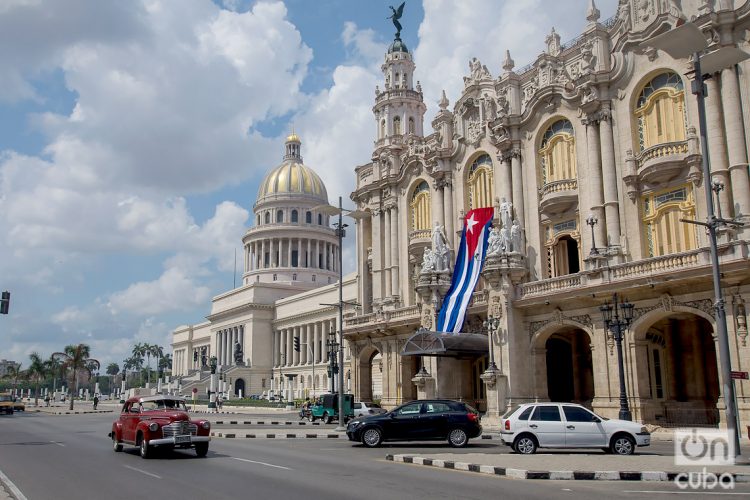If someone from abroad were to walk the streets of Havana today, they would probably not be able to believe that the city is going through its most complex epidemiological situation of the entire pandemic. That every day an average of more than 600 new infections are diagnosed—more than half of those in all of Cuba—and several deaths due to COVID-19. That is not the gloomy panorama the city reflects, what people’s faces reflect.
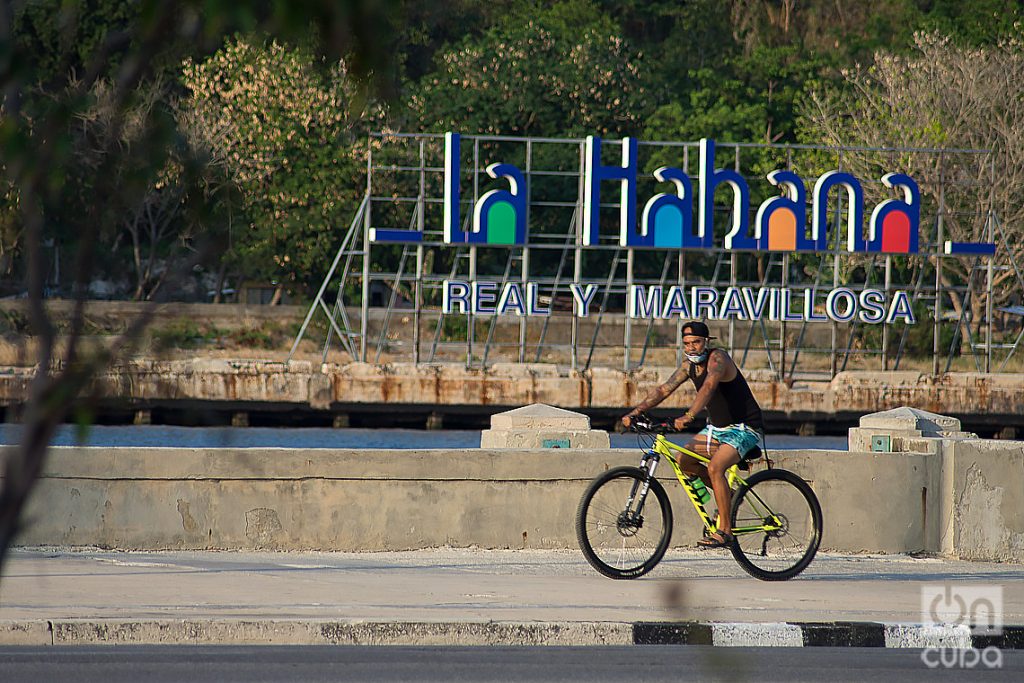
Despite the dire statistics that are reported every morning, the continuous calls from the authorities and the protocols established to stop the infections, even when vaccination—by way of massive intervention—has been underway since this Wednesday, the Cuban capital is living a kind of reality limbo that seems to contradict all of the above. Although far from doing so, it reinforces it.
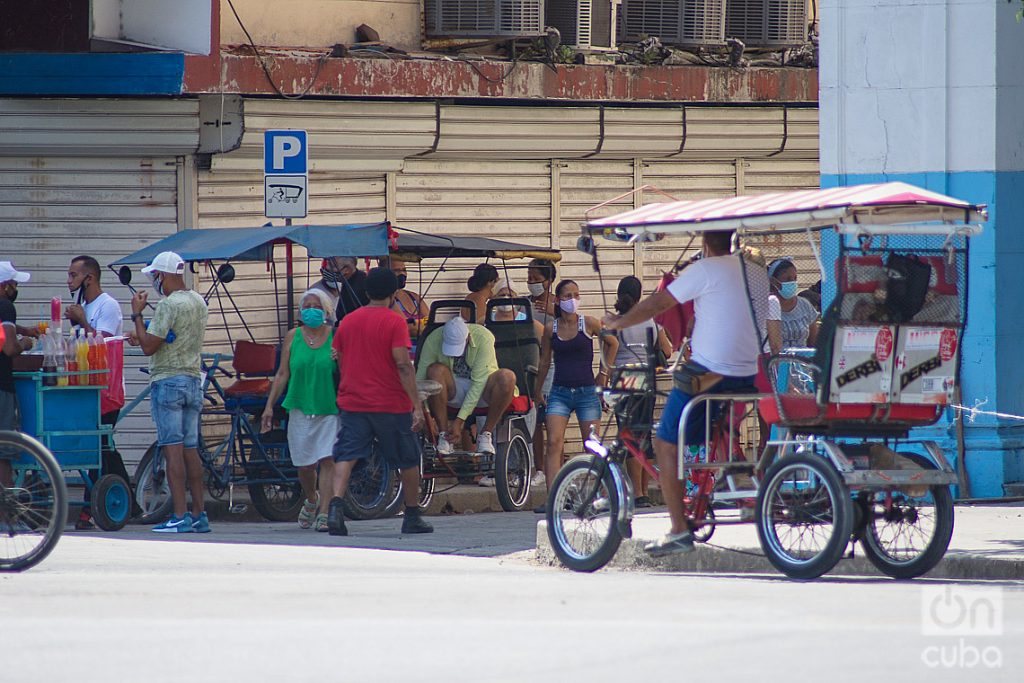
It is an explosive cocktail that, almost miraculously, has not caused an even worse health outbreak; a scenario in which exhaustion and precariousness, the lack of risk perception and exigency, the irresponsibility of many and the indiscipline of many others, the accumulated need and stress, the spread of the most contagious strains of the coronavirus and also, why not, the optimism instilled by the promising Cuban vaccines, the desire to turn the page once and for all that, in many cases, translates into carelessness and indolence.
“Last year, with many less sick and dead, the atmosphere was different. The people, at least the majority, looked tenser, more worried, but now it’s as if they’ve resigned themselves or lost their fear of the pandemic,” said Arturo who, like many Havanans these days, spends a good part of his days looking for food for his family.
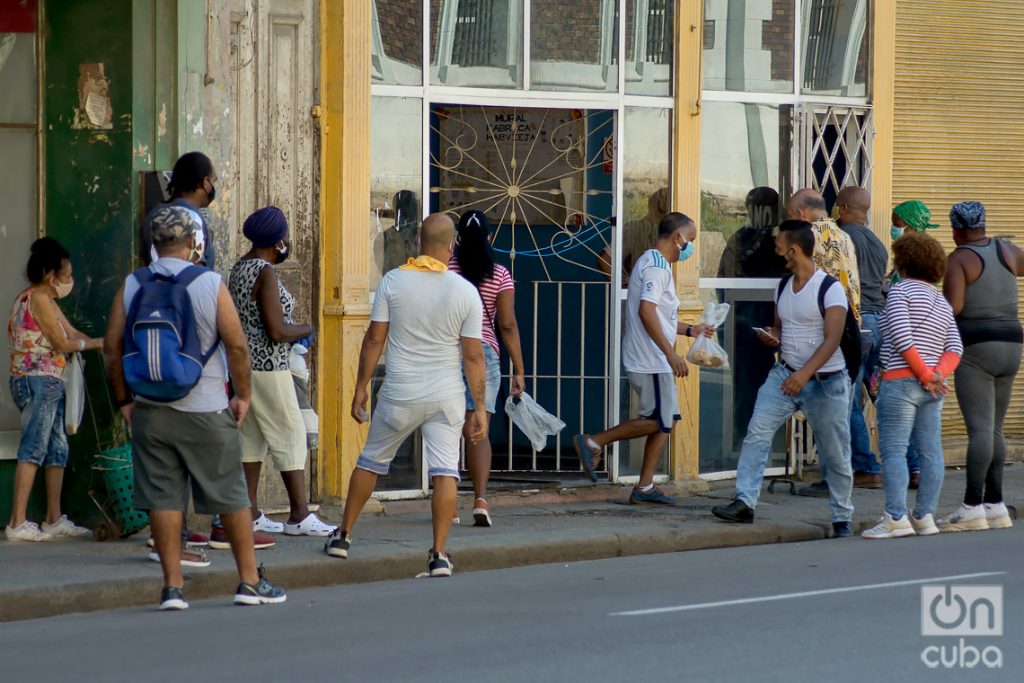
“The problem, journalist, is that we have been in this for a long time, and the situation is very complicated with what you know,” he makes a gesture with his right hand as if he were going to put something in his mouth. “Look right now what is happening with the bread, which does not look good at all, not to mention the pork or rice, which when they appear have prices through the roof. With that noise, you can’t stay at home with crossed arms. Now then, because of that, you don’t have to be close to people in the queues or wearing a face mask in the wrong way, as many do out there. I don’t understand that.”
Arturo, who looks to be in his fifties and tells me that, despite the pandemic, he continues to fix washing machines and other equipment at home to “make a living,” is one of dozens and dozens of people, mostly older, who wait to buy at the state bakery on Avenida Carlos III, in mid-morning. At that time, the traffic on the well-known Havana artery is remarkable, despite being a weekday during working hours.
People walk in all directions, alone, in groups, in pairs. Some talk; others eat or smoke, with the mask under their mouth. Many queues outside shops in the area, such as the busy Carlos III shopping mall, which sells much of its products in freely convertible currency. Or they take a look at one of the private stalls that multiply along the avenue. There are people at the bus stops and people on the buses that go by and stop, in some cases with more passengers than they should, in accordance with the officially established restrictions for public transportation in Havana. Nobody seems to notice it. Nobody looks alarmed by what is happening around them.
It is not an exclusive scenario of this area. It is repeated throughout the city, with its local nuances, the same in Old Havana as in Diez de Octubre, in Playa and in San Miguel del Padrón. The new normal—the new way of perceiving the abnormality that COVID-19 entails, of living with it—has been established by accumulation among Havanans, has taken root and imposed its routines in the most central and exclusive places as well as in the most populous neighborhoods and in the suburbs. And although the risks have not disappeared or, in fact, they have increased, individuals, families, institutions, seem to have assumed them without too much fright, and blame it on what experts describe as “pandemic exhaustion.”
“I don’t think everyone is unconscious or irresponsible, although there are quite a few,” comments Nereida, who tells me that, in addition to two face masks, she is wearing a face shield.
“My daughter bought it for me so that when I go out I would be well protected. A neighbor of ours sells them for about 300 pesos, everything now costs an arm and a leg with this reorganization,” explains the retired woman, for whom the relaxation visible today in the city of Havana is not only the result of fatigue and citizen indiscipline, but is also motivated by the current attitude of state officials and institutions.
“You who see Dr. Durán no longer know how to tell people to take care of themselves, that in government meetings with scientists they talk and talk about how terrible the situation is, the prognoses that are not good and the measures that must be complied with, and yet, in the street, the government itself does not always do things as it should,” says this dynamic 72-year-old Havanan.
“At the beginning of the pandemic there were daily screenings, and now, at least in my area, they practically never take place. Cars with loudspeakers also used to pass by alerting people, the police and the organizers of the queues themselves were much more demanding, they imposed fines for sitting in parks and things like that, because my grandson was fined, they took away the buses and the route vans, they suspended all ceremonies and cultural activities, they fined whoever made a party, in short, and today it is no longer like that,” she argues.
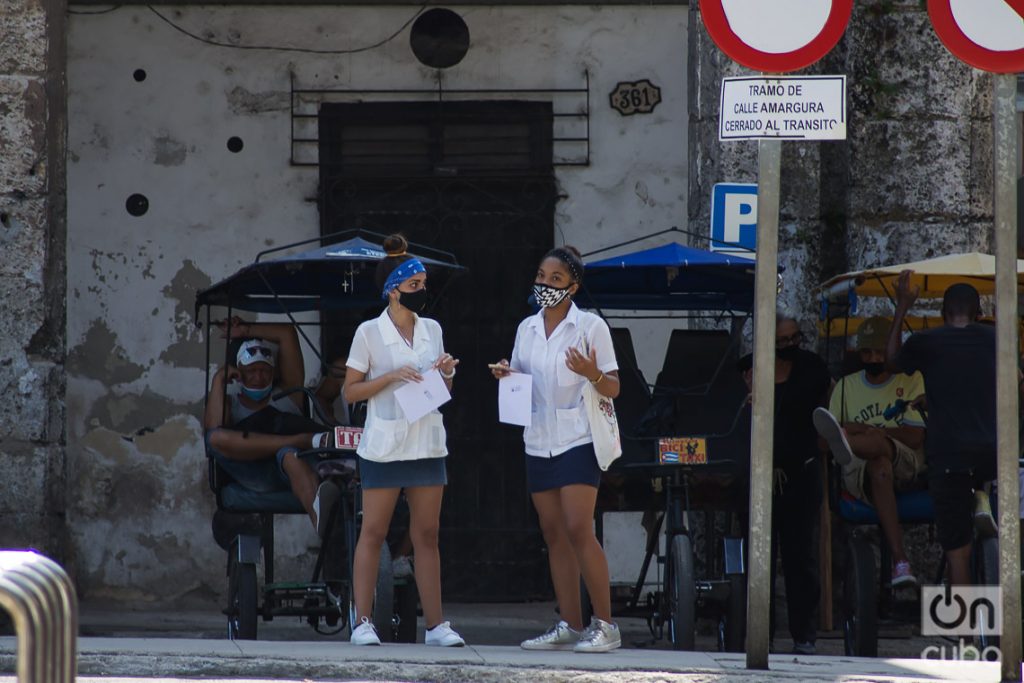
“Even on television you see reports of meetings and events that I don’t think are necessary in these circumstances, and I even saw a music contest the other day on the news, dedicated to César Portillo de la Luz, I think I remember, right here in La Havana, with a few singers and the jury together in the same closed place, a very short distance away, all very happy. And that is the last straw. What message are they giving people with things like that?” she adds.
Figures and more than figures
Nereida isn’t the only one who thinks that given the outbreak of COVID-19 the island has been experiencing since the beginning of the year, the Cuban authorities should have shown greater exigency. At least in the capital, which has become the epicenter of the disease in Cuba throughout the entire pandemic, with 60,232 sick until May 11—14 months after the first positive cases were detected in the country: three Italian tourists staying in the city of Trinidad—, 50.46% of the 119,375 reported on the island as of that date.
When daily cases began to skyrocket in Havana, more than a few demanded the government on social media to adopt more severe restrictions—such as those that had already been applied in previous months and were beginning to be resumed in other provinces—and then waited for the entry into force of new measures for the city announced by President Miguel Díaz-Canel himself. However, these did not materialize, at least the ones with the greatest impact and most feared—such as the suspension of public transportation and a stricter curfew—in a context of marked economic tension, while the authorities argued that, instead of applying more measures, the main thing was to fully comply with the existing ones, and they again appealed to individual and collective responsibility.
However, weeks later the scene has shown no signs of improvement. On the contrary, only last April, Havana registered 17,362 people infected with SARS-CoV-2, a rate of 812.1 per 100,000 inhabitants and 116 deaths from COVID-19, by far the highest figures in the country in the fourth month of this year and the highest in the capital since the start of the pandemic. Until then, Havana had already had 48,443 infections detected in just four months of 2021, almost 10 times more than the 4,924 for all of 2020, according to official statistics.
And May has not started well at all. In its first 11 days, there were already 6,885 patients in the city, for a daily average of 625, while the number of deaths in the period (74) heralds a new negative record when the month ends. If the look at the last 15 days is broadened, the number of autochthonous cases is 9,434, for a rate of 441.3 per 100,000 inhabitants, while 12 Havana municipalities concentrated 53.6% of the incidence of COVID- 19 throughout Cuba, with Cerro (620.3), Old Havana (552.3) and Centro Habana (524.3) in the lead.
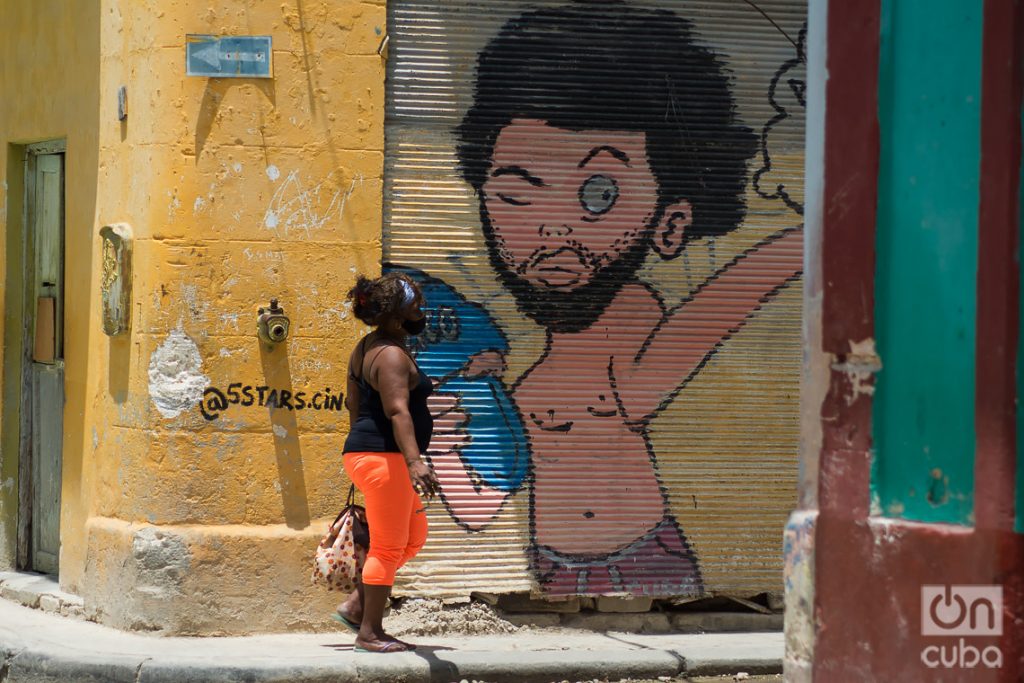
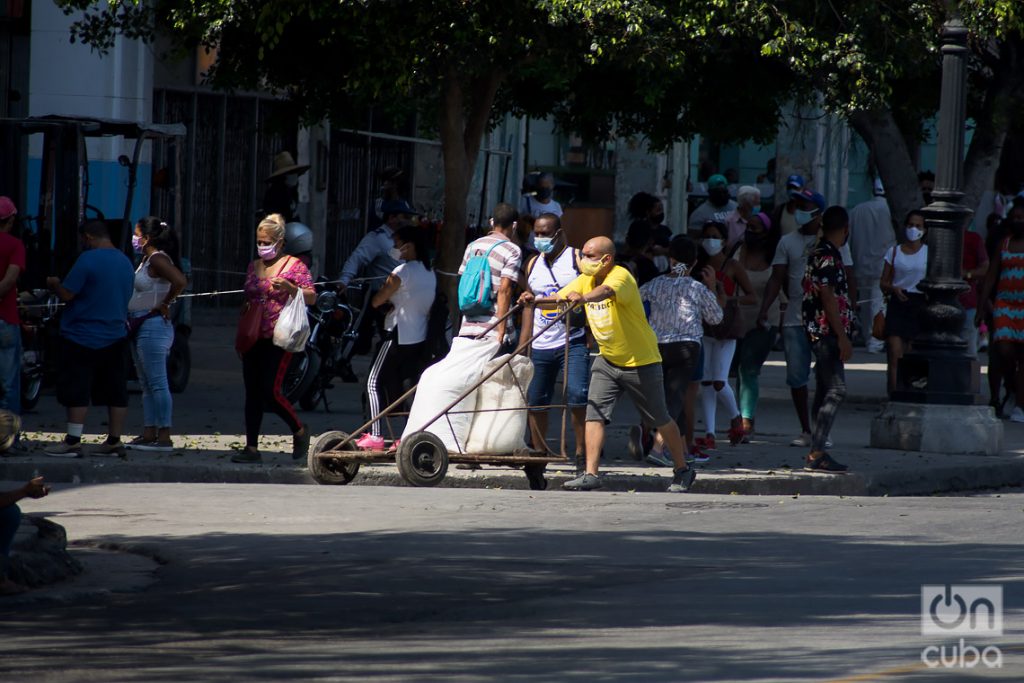
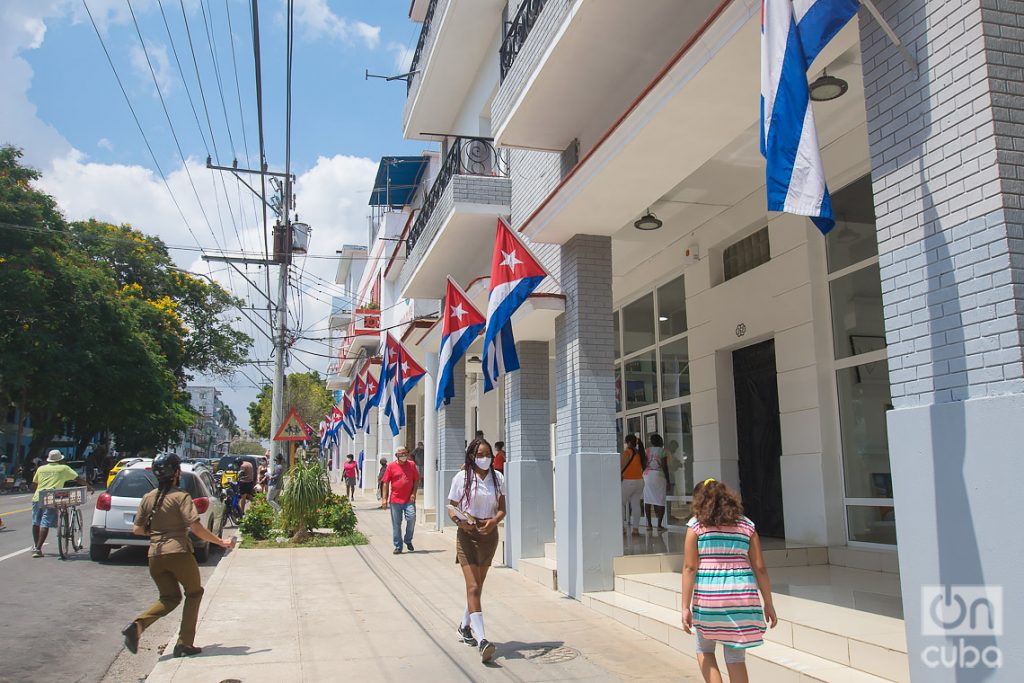
All this, moreover, has put tension on the authorities and the health system—already hit by the economic crisis, the U.S. embargo and other difficulties and deficiencies—has had to multiply the capacities of hospitals and isolation centers—although the latter are still not enough for all the contacts of confirmed cases—, while the occupancy level of the ICUs has dangerously gone up. This Wednesday, for example, 3,373 confirmed patients were admitted to Havana hospitals, of them 130 in ICUs: 35 in critical condition and 95 in serious condition.
In addition, more than 1,500 COVID-19 outbreaks and 13 transmission events remained open in the city, between institutions and communities. The indiscipline and the neglect of the hygienic-sanitary norms and the procedures established to face the disease, even in medical institutions and other state centers, has led to a greater transmission in the capital’s geography, as recognized by the authorities themselves, who have even ordered inspections and studies to investigate and try to cut the causes of the increase in infections and mortality associated with the coronavirus.
At the same time, Cuban scientists have confirmed the predominant transmission in the city of the most contagious variants of SARS-CoV-2, mainly that of South Africa, but also those of California and the United Kingdom, which, in addition, seem to be responsible for the increase of deaths in 2021. Meanwhile, forecasts that are regularly updated by experts from the island point to a high incidence of positive cases in the coming days, particularly in Havana, where, according to forecasts, will continue to have the most complicated epidemiological situation.
“The thing is that if what is supposed to be done is not complied with, this is never going to end,” says Irene, a resident of the Latinoamericano People’s Council of Cerro. “This same part was closed weeks ago due to cases of coronavirus and, nevertheless, people came and walked around as if nothing had happened. They raised the tapes and moved the fences aside so even cars could pass, even in the face of the police themselves or of the people who had to control that. And nothing happened. The good thing was that, at least, they sold us a few things during those days: chicken, mincemeat, soda, oil. But to get others, like root vegetables and greens, you still had to leave the area and break the isolation, as I am telling you.”
“And even to enter Havana, which is supposed to be somewhat controlled, it is not so,” adds the woman, who has barely been to her enterprise for a year and works mostly from her home. “A niece of mine came from Santiago for some procedures at the Spanish consulate, with her signed authorization and everything, as it should be, and at the entrance to the city they did not even ask for her papers. They let the car pass, just like nothing, according what she told me. What do you think of that?”
The hope of vaccination
If there is a glimmer of hope in the complex epidemiological scenario that Havana is experiencing today, it’s the COVID-19 vaccination. The island’s government is betting on it, and it has already launched a health intervention among risk groups and territories with two of the Cuban vaccine candidates—Abdala and Soberana 02—, even before they obtain an authorization for emergency use by the Center for State Control of Medicines, Equipment and Medical Devices (CECMED), the country’s regulatory entity.
This intervention, which, according to Minister of Public Health José Ángel Portal, “has more benefits than risks” for the population and is based on “a well-thought-out decision, justified by the evidence and collegiate with our scientists,” and It began this Wednesday with Abdala in four Havana municipalities—Regla, Guanabacoa, Habana del Este and San Miguel del Padrón—and in the coming weeks the other territories should be added. The administration of the vaccines will be gradually carried out, starting with those over 60 years of age, and the objective is to complete the three doses in more than one and a half million people in the month of August.
However, these are not the first Havanans to be immunized. Already tens of thousands of residents in the capital have received all or part of the vaccination doses established for both candidates, as part of the clinical trials of Soberana 02 and a previous intervention—with this shot and also with Abdala—in health personnel, workers in the biopharmaceutical industry and athletes, among other previously selected groups. They have been the spearhead of this necessary process and have served as evidence of the safety of Cuban drugs.
“I’ve already have two doses of Soberana 02 and everything has gone very well,” says Jorge, a community doctor from Plaza municipality. “I haven’t had any adverse reactions, just a little discomfort in my arm after the second dose, but that’s normal.”
“Now I only need the third one, with Soberana Plus, but I already feel calmer and safer doing my job. Although one cannot be over-confident and one has to continue protecting oneself, and more so in my profession, because with the new COVID-19 strains it’s more dangerous,” he says.
With examples such as Jorge’s, the systematic information from the experts and the favorable propaganda that the authorities have been making of the Cuban COVID-19 candidates—many Havanans do not hide their desire to get vaccinated as soon as possible and “leave behind all this coronavirus madness.”
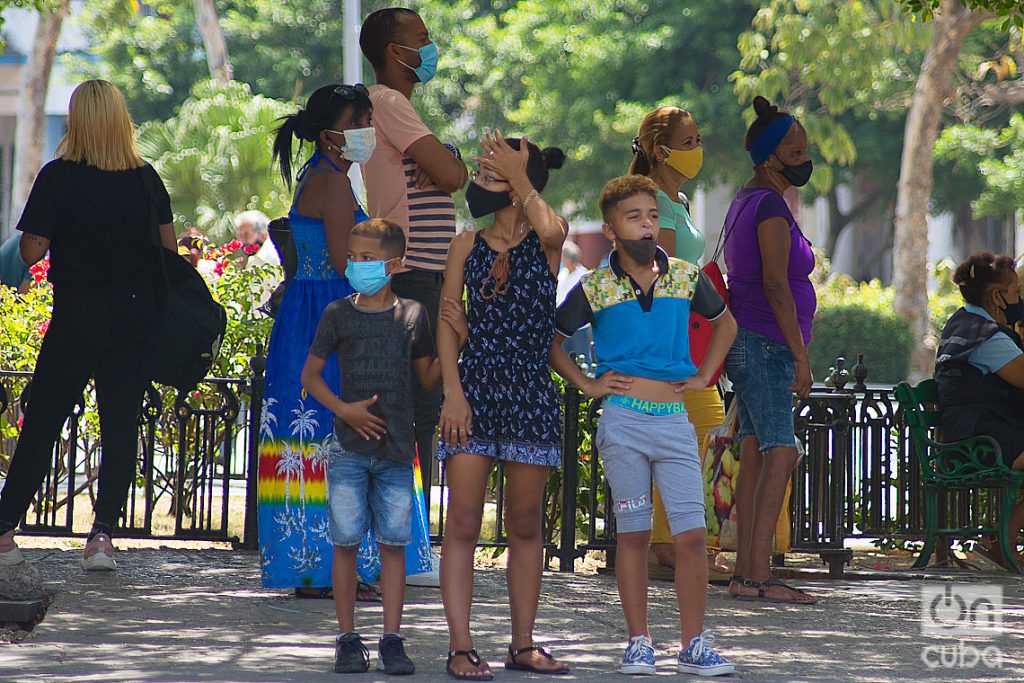
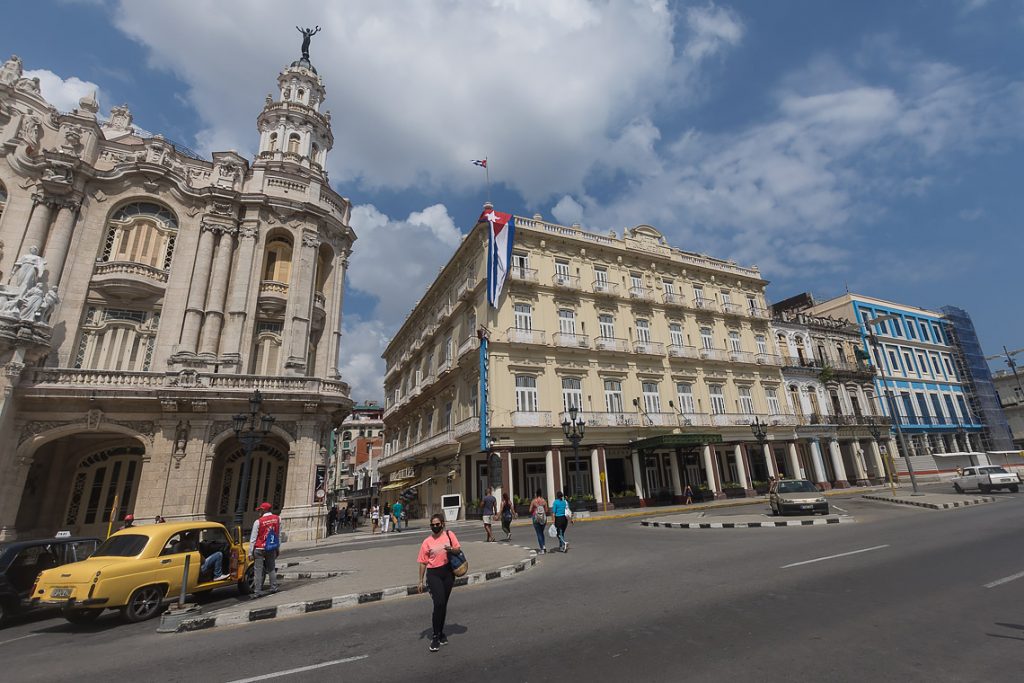
This is affirmed by Mariela, a slim and vivacious mulatto woman who, she says, “greatly” thanks the scientists who developed the vaccines and can’t wait to be protected against the infectious disease. However, since she lives in Old Havana, a municipality that is not included in the first stage of the health intervention, “it is not my turn until next month and so many things can happen in a month,” she says.
“Imagine,” she explains, “one spends a lot of time on the street, in queues and a thousand things out there, and even if I want to take good care of myself, it’s complicated. But once vaccinated, it is something else, for sure, and I am very confident that with the Soberana everything will improve and we will even be able to go out at night again and go to the beach. And with this heat that’s what we need to do….”
Irene, for her part, is less enthusiastic and she acknowledges that she is “somewhat afraid” of getting vaccinated. Furthermore, she fears that her “emotional hypertension” will play a trick on her when it’s finally her turn, although she still has to wait for that.
“From what the minister said at the Mesa Redonda television program, here in Cerro they don’t start until mid-June and the first to get vaccinated are older people, so in my case it will take a while,” she says. “I hope that, from now to then, with more people already immunized, everything will continue to go as usual with Cuban vaccines, which seem very good, really, and we can finally get out of this situation we have been in for more than a year.”
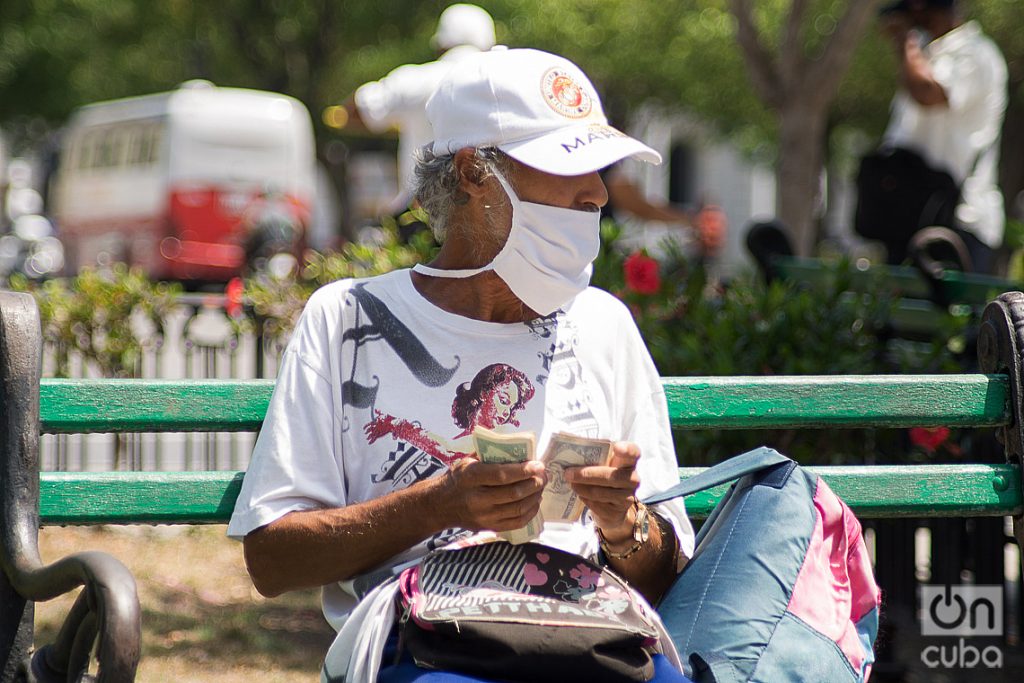
Arturo, finally, sums up how the majority of the people of Havana are feeling. “Look, journalist, I don’t know anything about vaccines, but if what is needed to end the coronavirus is that we all get vaccinated, let me be among the first. I know that later we will still have to continue taking care of ourselves, but I hope that things will improve when everyone gets vaccinated and we can set our sights on the economy, which is what is needed. If not, the government would not be doing all this, right? Because, how long are we going to be like this?”

